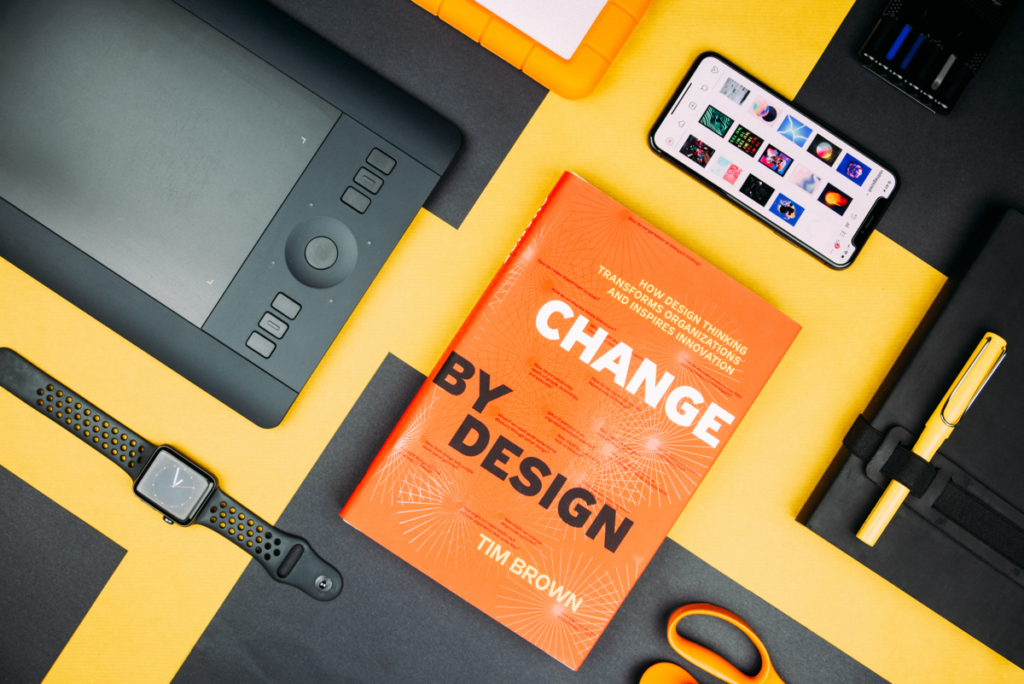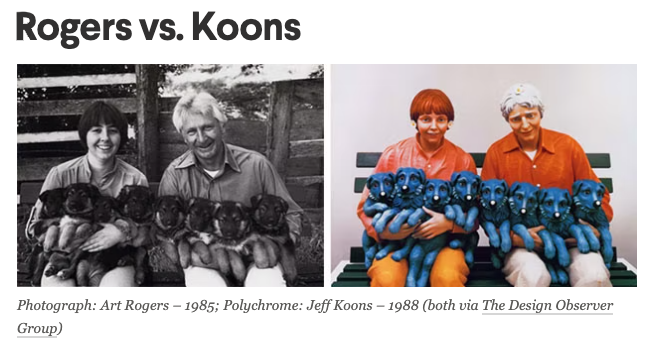Accessibility formats:
Audio format
Software produced audio and translation formats

a) Ethics in design is based on the integrity of your work and/or business, protecting the rights of content creators, and your integrity and awareness as a designer when creating. Ultimately, they are the guidelines that keep designers accountable and responsible for what they create and how. The designer is respectful of how they source, credit and use design work they did not create. Signed contracts and agreements usually make this seamless and foolproof. They also help in the unfortunate cases where the law has to get involved. Ethics also involves keeping designers socially conscious and considerate of an inclusive audience when designing content.
One example in copyrighting and design accountability is the Rogers vs Koons case, where Jeff Koons recreated and used the photograph of Art Rogers. He created statues that were somewhat a caricature of the people and pets in the photograph and even claimed as much as his defense in court using “Fair Use by Parody”. This was dismissed by the court stating the two things still looked too similar and Jeff Koons had to pay a settlement to Art Rogers. I agree with that judgment. Yes, Koons changed a few things to make it his own, but it is very clear he sourced this photographer’s work for huge monetary gain without at least crediting him, much less fairly paying him for the rights to use it.
99 Designs: 5 Famous Copyright Case (and what you can learn)

b) At my internship I had to sign a general agreement outlaying pretty standard issue guidelines and laws that protect all parties involved. I did not have to sign a non-disclosure agreement. When sourcing images the company seeks royalty free content. They expect the same from their interns. When working with their logo and branding guidelines I only use it in a way that upholds the integrity of the design. I use high quality images and do not distort their branding in anyway. If it does come up where I may have to use creative that is not my own, I am expected to properly source and credit the creator. When it comes to handling the company’s information while blogging, I stick to the professor’s advice of not disclosing full details, names or any in-house or sensitive information.
Employmentcontacts.com: Design Non-Disclosure Agreement Template
Legaltemplates.net: Free Non-Disclosure Agreement Template




Leave a Reply